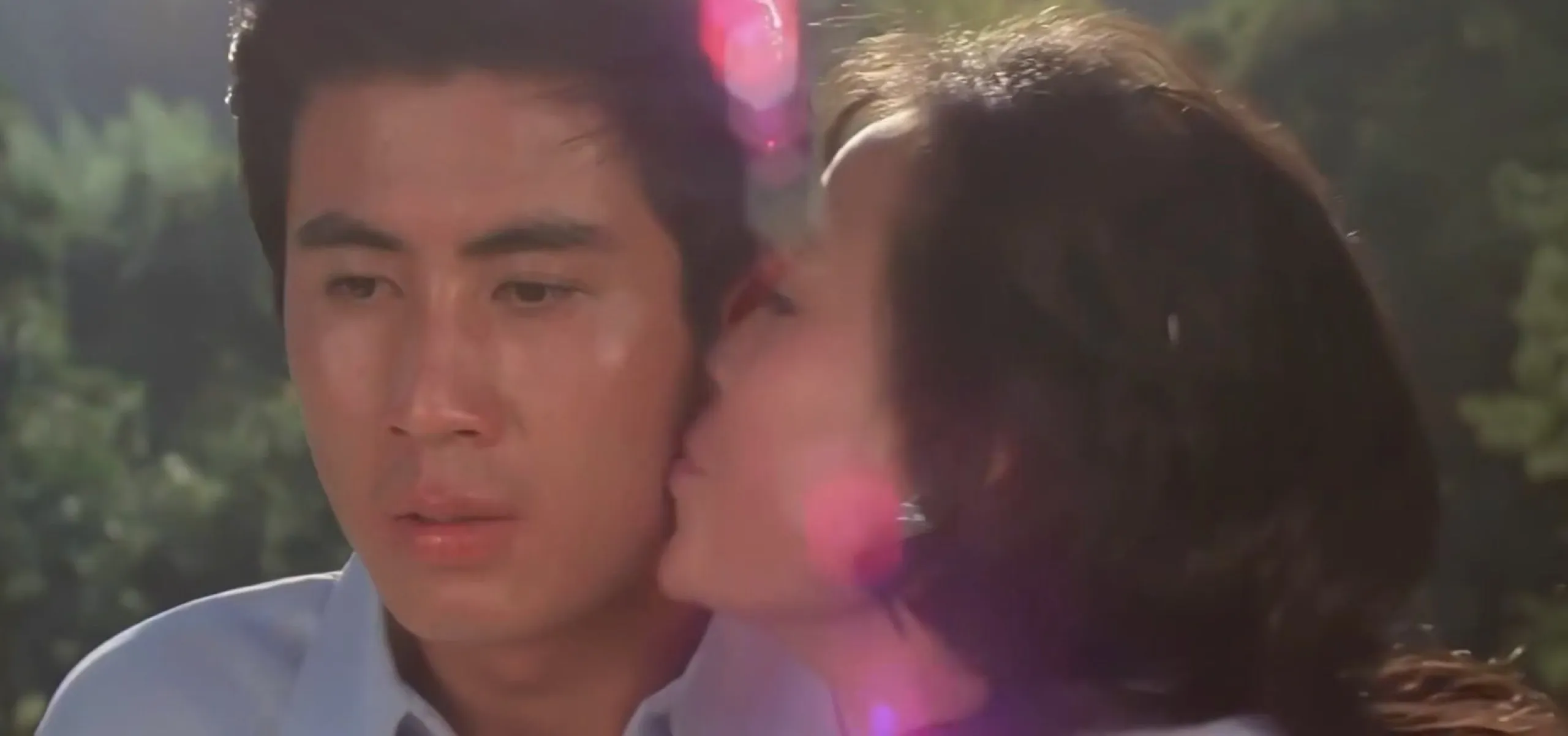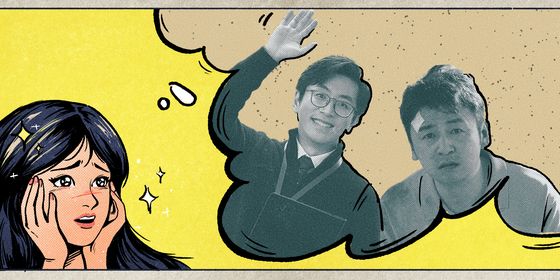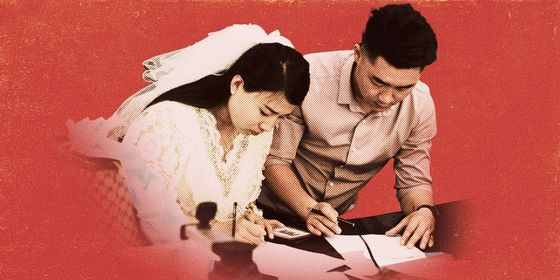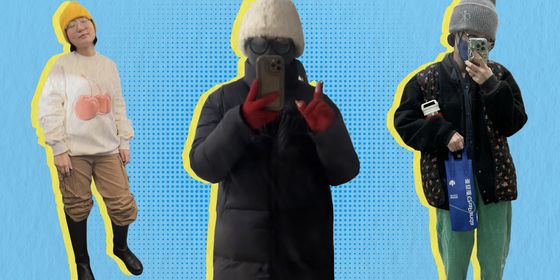From controversial kiss scenes in movies to stolen trysts by the riverbank, here’s how China rediscovered kissing after the Cultural Revolution
In 1979, a national controversy broke out across China—about kissing.
It started with a photo on the back cover of Popular Cinema, the only color magazine in China back then. It was a stylized photo of a kissing scene from The Slipper and the Rose, an English film based on the story of Cinderella.
Soon an angry letter landed on the editor’s desk. It was from Wen Yingjie, a clerk from a propaganda office in Xinjiang. Wen called the publication of the photo “decadent, capitalist, an act meant to poison our youths,” and asked, “Are kissing and hugging the things most needed by our socialist China?” Further, he demanded, “It’s not that we don’t want love; the point is what kind of love we want—pure, proletariat love, or corrupted, capitalist love?”
Wen further challenged the editors to face their crime and publish his letter. The editors complied, and invited other readers to voice their opinions. In an age before internet, people wrote. In two months, over 11,000 letters flooded into the office. “The postman was exhausted. Every day he had to carry in two sacks of letters,” one of the editors recalled. Neither Wen nor the editors expected such a massive public debate.
After two months, the magazine announced the outcome of the debate. In an article titled “Spring is not to be stopped by the cold,” they revealed that less than one-third of the incoming letters supported Wen, the righteous propaganda worker. People wanted to see a handsome man and a beautiful woman kiss. “We published it because it was a good-looking photo,” the editor-in-chief said.













